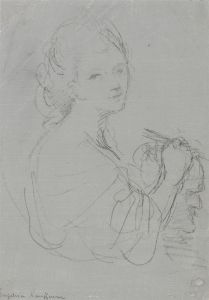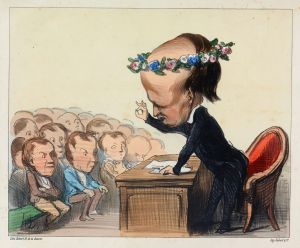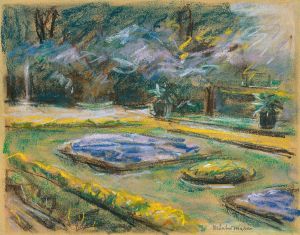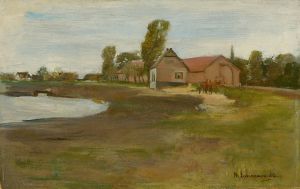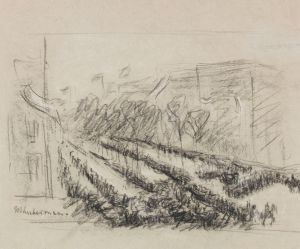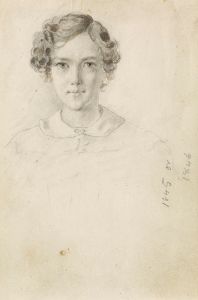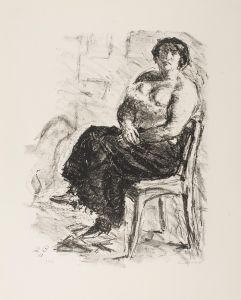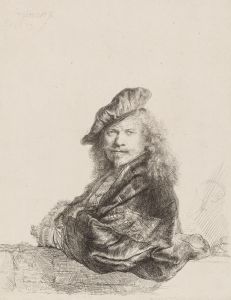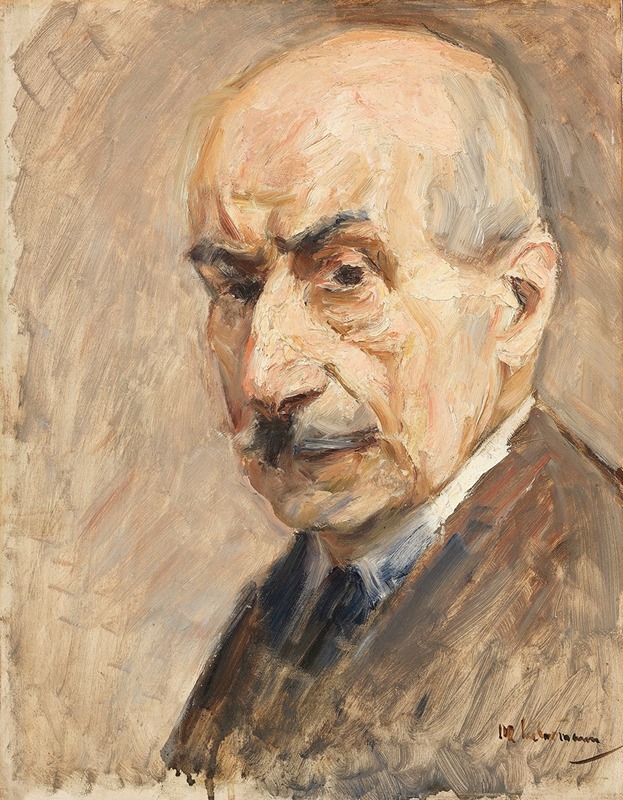
Selbstbildnis
A hand-painted replica of Max Liebermann’s masterpiece Selbstbildnis, meticulously crafted by professional artists to capture the true essence of the original. Each piece is created with museum-quality canvas and rare mineral pigments, carefully painted by experienced artists with delicate brushstrokes and rich, layered colors to perfectly recreate the texture of the original artwork. Unlike machine-printed reproductions, this hand-painted version brings the painting to life, infused with the artist’s emotions and skill in every stroke. Whether for personal collection or home decoration, it instantly elevates the artistic atmosphere of any space.
Max Liebermann's Selbstbildnis (Self-Portrait) is a notable work by the German painter and printmaker, who was a leading figure in the German Impressionist movement. Liebermann, born in 1847 in Berlin, was renowned for his depictions of everyday life, landscapes, and portraits, and his self-portraits offer a glimpse into his personal and artistic identity.
The exact date of creation for this specific Selbstbildnis is not always clearly documented, as Liebermann painted multiple self-portraits throughout his career. These works often reflect his evolving style and the influence of Impressionism, which he embraced after studying in Paris and the Netherlands. His self-portraits are characterized by their introspective nature, capturing not only his physical appearance but also his personality and the passage of time.
Liebermann's self-portraits typically feature a restrained color palette and loose, expressive brushwork, hallmarks of his mature style. In many of these works, he portrays himself in formal attire, often with a serious or contemplative expression. This approach underscores his role as a prominent artist and intellectual in late 19th- and early 20th-century Germany.
As a Jewish artist, Liebermann faced significant challenges during the rise of the Nazi regime in the 1930s. Despite his earlier acclaim and his position as the president of the Prussian Academy of Arts, he was forced to resign in 1933 due to anti-Semitic policies. His later years were marked by isolation and the loss of professional recognition, which may have influenced the tone of his later self-portraits.
Liebermann's self-portraits, including Selbstbildnis, are housed in various collections and museums, reflecting their importance in understanding his artistic legacy. These works not only document his physical likeness but also serve as a testament to his resilience and dedication to his craft during a tumultuous period in history.
Given the lack of specific details about a singular Selbstbildnis without further context, this general overview provides insight into the broader significance of Liebermann's self-portraits within his oeuvre.





